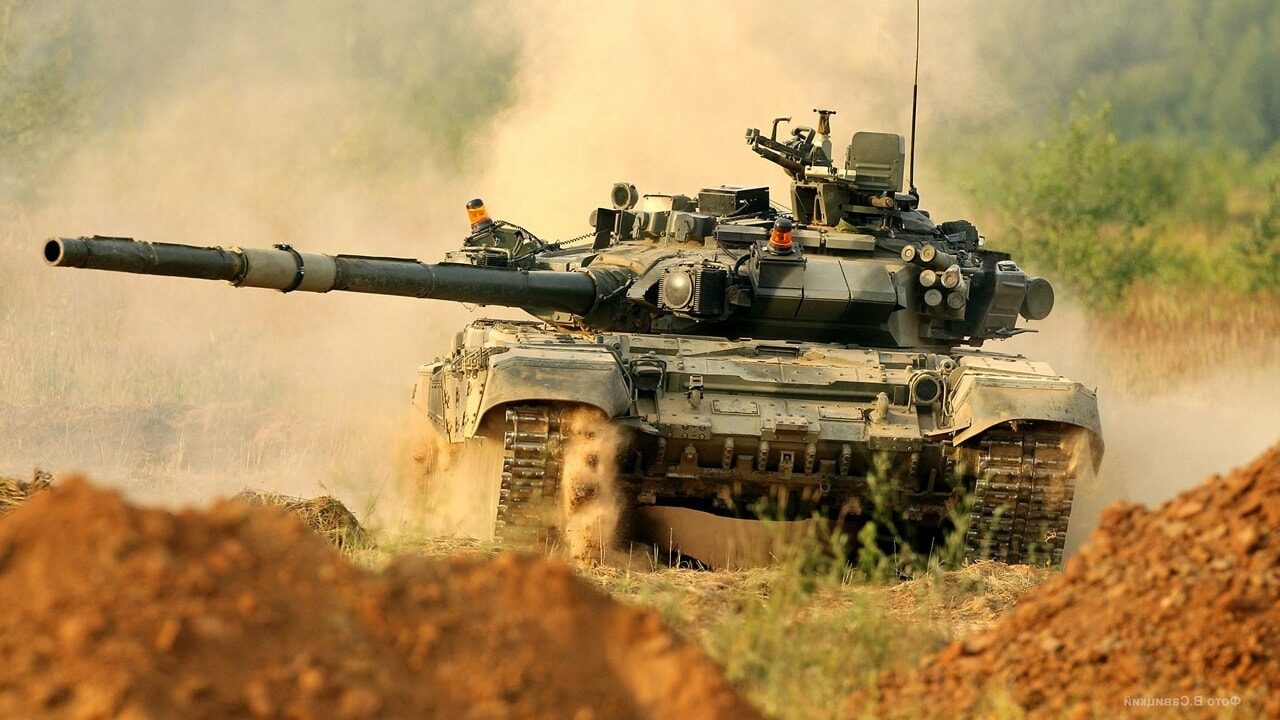On day 31 of the Russian invasion of Ukraine, the Ukrainian military began its counterattack across several fronts and is reclaiming lost territory. The Russian forces continue to struggle, and their losses keep mounting.
Meanwhile, in a humiliating reverse, the Russian strategy has shifted from capturing Kyiv to making gains in eastern Ukraine.
Ukraine Counterattacks, Russia Shifts the Tune
According to the Pentagon, Kherson, a port city in southern Ukraine, is no longer under full Russian control after a fierce Ukrainian counterattack from multiple fronts. The same is happening in Irpin, a suburb of Kyiv, where Ukrainian forces have been counterattacking and reclaiming territory from the Russians.
The Ukrainian Ministry of Defense claimed that as of Saturday, Ukrainian forces have killed approximately 16,400 Russian troops (and wounded approximately thrice that number), destroyed 117 fighter, attack, and transport jets, 127 helicopters, 575 tanks, 293 artillery pieces, 1,640 armored personnel carriers, 91 Multiple Launch Rocket Systems (MLRS), seven boats, 1,131 vehicles, 73 fuel tanks, 51 anti-aircraft batteries, 56 unmanned aerial systems, two (downgraded from 15) special equipment platforms, such as bridging vehicles, and two mobile Iskander ballistic missile systems.
The Pentagon has tracked more than 1,250 ballistic and cruise missile launches from the Russian military. But despite their technological superiority, the Russian forces have failed to meet their primary objectives, namely capturing Kyiv, Kharkiv, Mariupol, Odesa, and topping the Ukrainian government.
A Shift in Strategy
In its daily estimate of the war, the British Ministry of Defense assessed that the Russian military is changing its approach, increasingly targeting cities with long-range fires and avoiding committing infantry and tanks in urban warfare to minimize casualties.
“Russia continues to besiege a number of major Ukrainian cities including Kharkiv, Chernihiv and Mariupol. Russian forces are proving reluctant to engage in large scale urban infantry operations, rather preferring to rely on the indiscriminate use of air and artillery bombardments in an attempt to demoralise defending forces. It is likely Russia will continue to use its heavy firepower on urban areas as it looks to limit its own already considerable losses, at the cost of further civilian casualties,” the British Military Intelligence assessed.
In a public assessment of the war, the Russian Ministry of Defense claimed that it is going according to plan and that it has entered the second phase, which will focus on the eastern part of Ukraine. Russian forces will try to make gains in the Donbas in an attempt to save something for the unfolding debacle.
“They [the Russians] are prioritizing the Donbas. . . They’ve publicly now acknowledged what we talked about the other day, that they are putting their priorities and their effort in the east of Ukraine. And that’s where still, there remains a lot of heavy fighting, and we think they are trying to not only secure some sort of more substantial gains there as a potential negotiating tactic at the table, but also to cut off Ukrainian forces in the eastern part of the country,” a senior U.S. defense official said in a press briefing.
1945’s New Defense and National Security Columnist, Stavros Atlamazoglou is a seasoned defense journalist specializing in special operations, a Hellenic Army veteran (national service with the 575th Marine Battalion and Army HQ), and a Johns Hopkins University graduate. His work has been featured in Business Insider, Sandboxx, and SOFREP.

